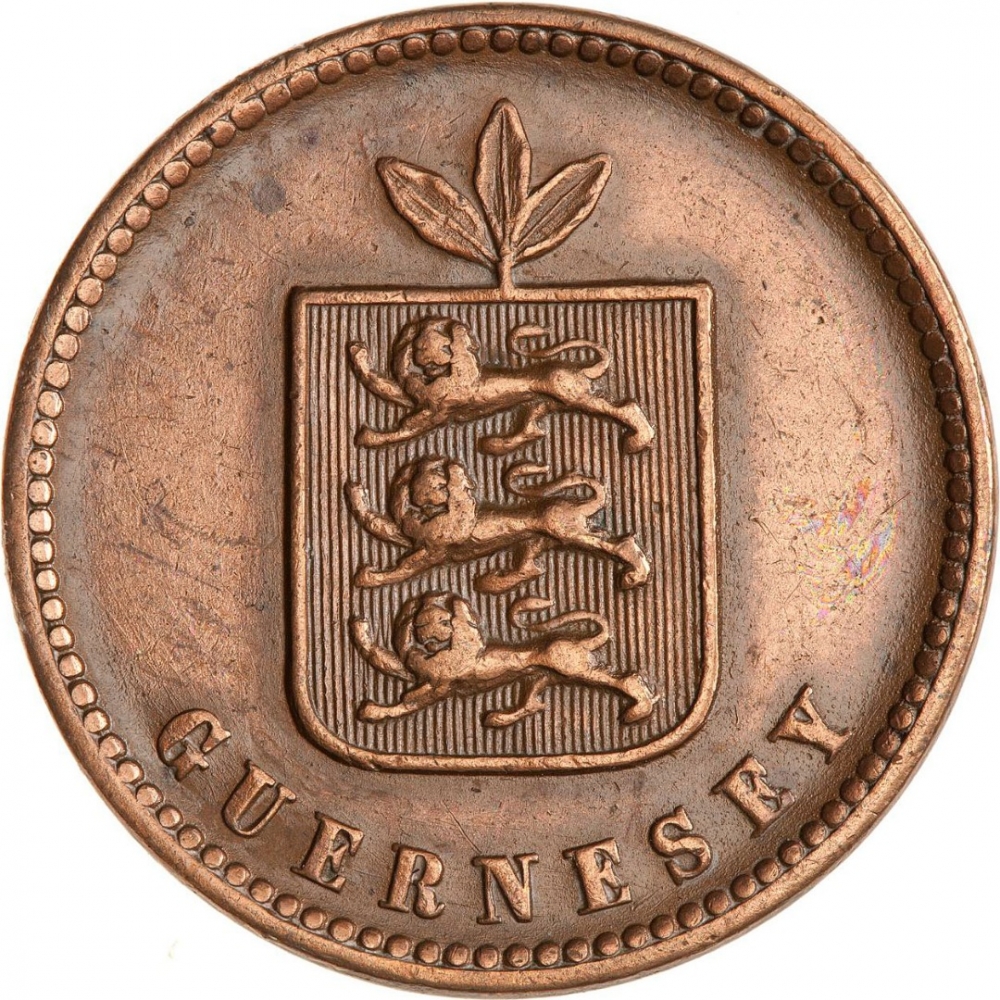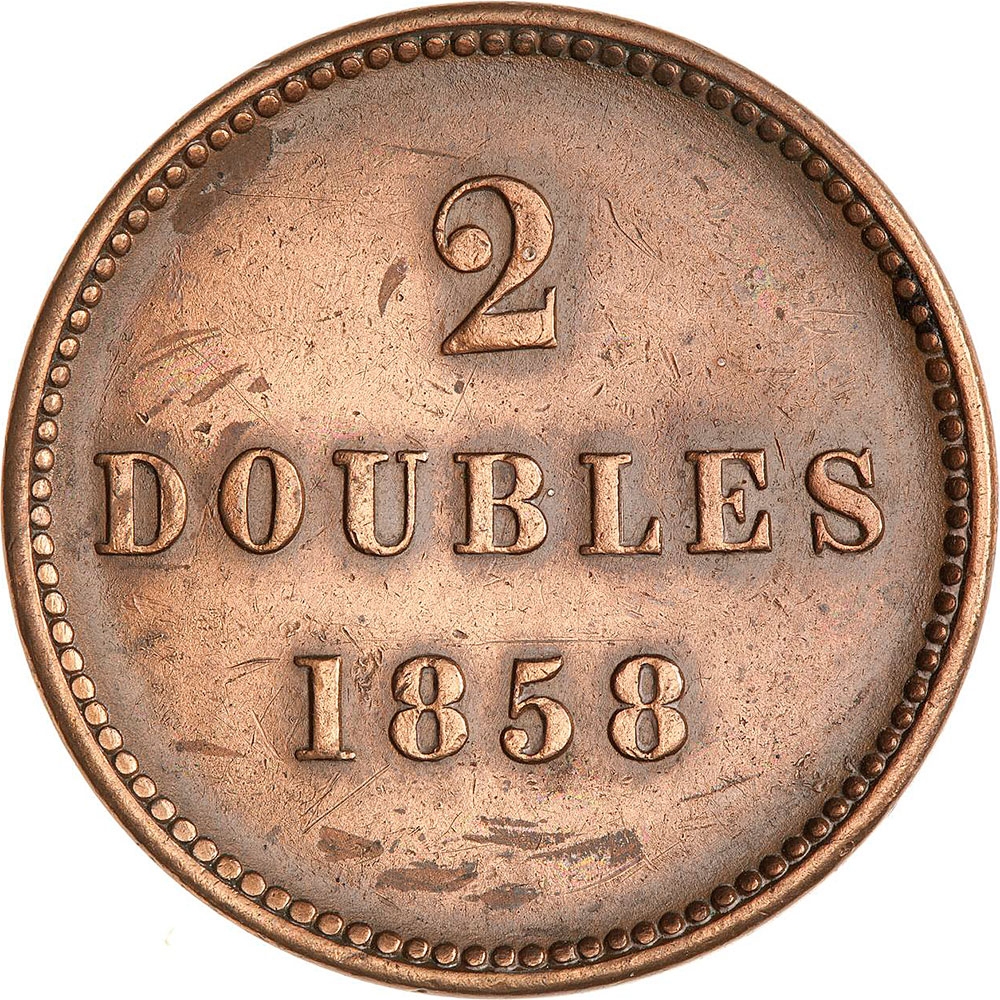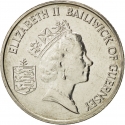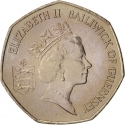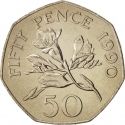You are about to finish your registration. Please check your mailbox (including spam folder). There should be a letter with a confirmation link. Check setting to make sure that your e-mail address is correct.
Send letter againDescription
Guernsey is a jurisdiction within the Bailiwick of Guernsey, a Crown dependency. Situated in the English Channel off the coast of Normandy, the jurisdiction embraces not only all ten parishes on the island of Guernsey, but also the much smaller inhabited islands of Herm, Jethou and Lihou together with many small islets and rocks. The jurisdiction is not part of the Commonwealth of Nations. However, defence and most foreign relations are handled by the British Government.
Until the early 19th century, Guernsey used predominantly French currency. Coins of the French livre were legal tender until 1834, with French francs used until 1921. In 1830, Guernsey began production of copper coins denominated in doubles. The double was worth 1⁄80 of a French franc. The name "double" derived from the French "double deniers", although the value of the coin was equal to the liard (three-denier piece) still circulating. Coins were issued in denominations of 1, 2, 4 and 8 doubles.
Obverse

|
Depicts the coat of arms of Guernsey. GUERNESEY |
|---|---|
Reverse

|
Denomination and date below. 2 |
| Edge |
